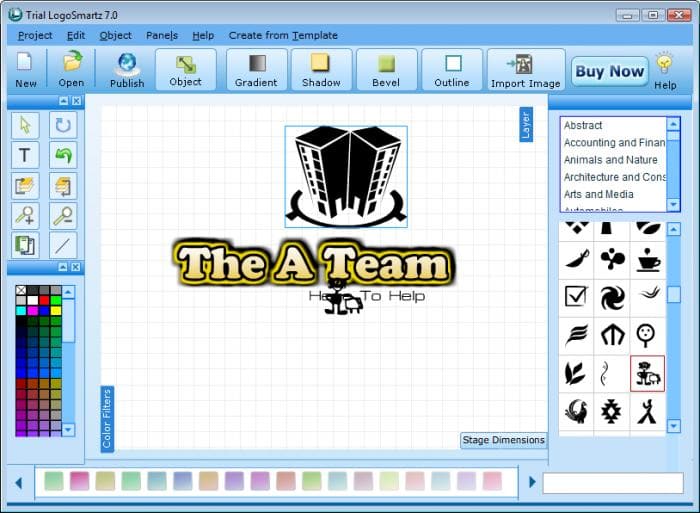

#Sketch trial limitations License number#
To do this, they cloned the labels, logos, boxes and FDA license number of a real company sending cans of jalapeños to the US. Erique Avalos and Jose Reynoso, and together they all came up with a plan to start sending cocaine to the US in jalapeño pepper cans. The Colombians would keep 55% of the drug shipment and Chapo would keep 45% for making sure that the drug got safely to Mexico and then went on to the US.įrom 1987 to 1990, Martinez said that about 95% of cocaine was smuggled into the US via a tunnel from Agua Prieta to Douglas, Arizona. Martinez said Chapo’s main suppliers from Colombia at the time were the Medellin and Cali cartels.

He started speaking directly to the Colombian cartels, organizing and receiving the shipment of drugs, storing them, packaging them and sending them to the US, all under orders from Chapo, he testified. Martinez said his responsibilities later grew, and he opened a few offices for Chapo in Mexico City. He personally flew in planes with drugs coming from Colombia and directed the Colombian pilot to clandestine landing strips that Chapo had in Agua Prieta and Cumpa Sonora, locations near the Arizona border. Martinez said he was a pilot for the cartel and was responsible for receiving shipments of drugs from Colombia to Mexico for Chapo, and then those drugs would be sent to the US. He first met Chapo in late 1986 and last saw him in jail in Mexico in 1994. They were associates, friends, and “compadres,” and Chapo baptized Martinez’s son in 1989. Martinez said he was one of the closest people to Guzman during his time in the cartel. “Él era el jefe,” he said, referring to Guzman - “He was the boss.” Martinez, known by his aliases “El Gordo,” “El Compadre,” or “El Tololoche,” identified Guzman as his boss and said he never took orders from anyone else during his time with the cartel. Those who wished to witness the trial in person had to pass through two separate security screenings - an X-ray machine and metal detector - to enter the courthouse, and a similar screening to enter the courtroom. Heavily armed federal marshals and officers with bomb-sniffing dogs stood guard outside the courthouse. Guzman’s trial, which could last four months, began two weeks ago under unprecedented security measures, including armed escorts for the anonymous and partly sequestered jurors.

The resulting sketch from artist Christine Cornell shows a witness on the stand with a blurred face and a bald head, as Guzman looks on. Martinez testified on Monday and Tuesday about his experience working with Guzman as they moved drugs into the US by airplane, tunnel, and truck. The security limitations were made clear as part of the testimony from Miguel Angel Martinez, a cooperating witness who worked for El Chapo in the Sinaloa cartel between 19. Guzman faces charges of international drug trafficking and conspiracy to murder rivals, and he has pleaded not guilty. The incidents show the intense security measures at play in the case and provide glimpses into the lengths to which the government is going to provide security for witnesses in Guzman’s high-profile trial.

In addition, the artists were required to show the sketches to government prosecutors for approval before they could be distributed, the judge in the federal trial said.Īnd in a related move, prosecutors asked the judge to impose sanctions on defense counsel because Guzman’s wife used a cell phone in the courthouse, according to a court filing. Please look at the time stamp on the story to see when it was last updated.Ĭourtroom sketch artists at the trial of alleged drug kingpin Joaquin “El Chapo” Guzman were barred from drawing the facial features or distinguishing hairstyle of a key witness on Monday. This is an archived article and the information in the article may be outdated.


 0 kommentar(er)
0 kommentar(er)
